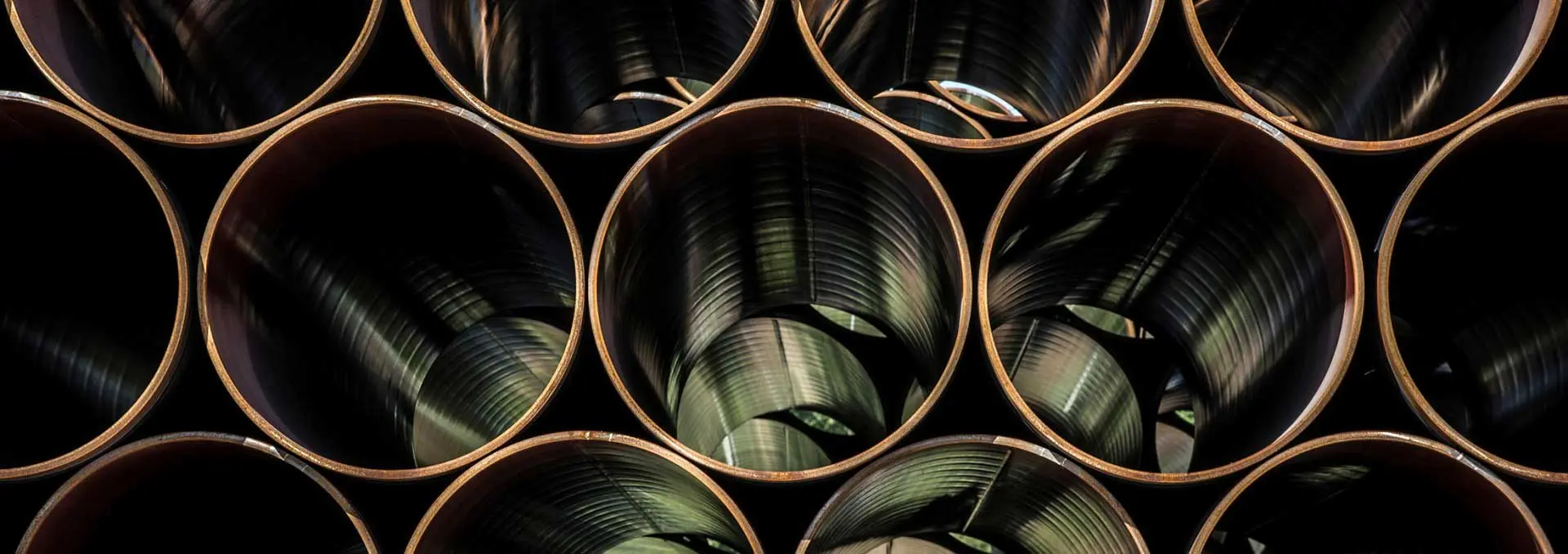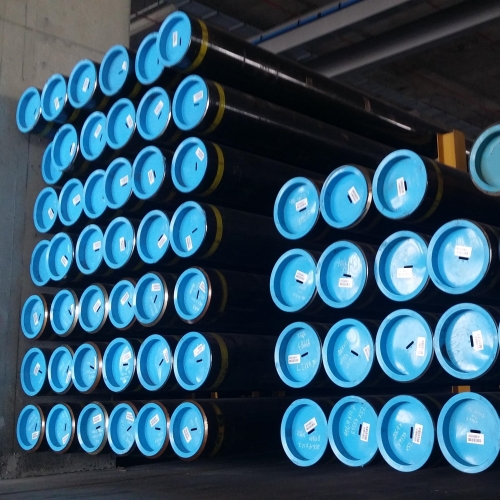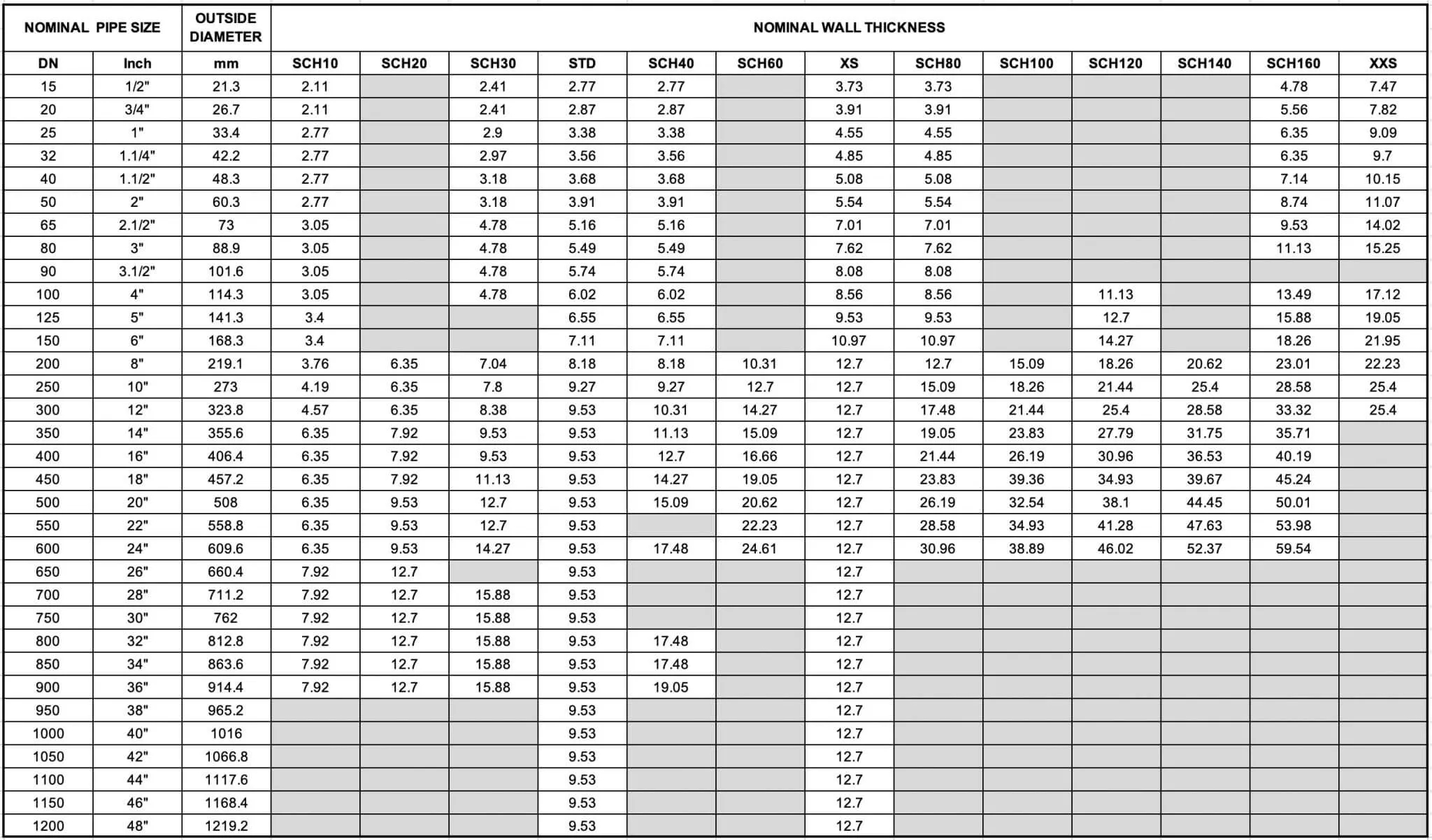API 5L line pipes offer a number of advantages over regular pipes, including quality, certified control, testing, and service life. Quality is ensured through rules and regulations that must be followed during manufacture. Certified control helps to ensure that the finished product meets international standards. Testing ensures that the finished product meets the required quality standards. The service life of API 5L line pipes is longer than that of regular pipes due to the higher quality of materials and workmanship. As a result, API 5L line pipes are a better choice for critical applications where quality and performance are essential.
- Hydrostatic Test
A hydrostatic test is a pressure test of a pipe during its production. The hydrostatic test is used to ensure that the pipe and its weld seam can withstand the pressure that will be applied to it in service. The hydrostatic test is conducted by filling the pipe with water and applying pressure to the water inside the pipe. The hydrostatic test pressure is typically 50% higher than the maximum operating pressure of the pipe. If the hydrostatic test pressure is applied for a period of time without any leaks, then the pipe is considered to have passed the hydrostatic test. If there are any leaks, then the hydrostatic test is failed and the pipe must be repaired or replaced.
- Bending Test
A bending test during pipe production is a quality control measure to ensure that the steel pipes being produced are of the correct dimensions and meet industry standards. To perform a bending test, a sample piece of pipe is placed in a jig and bent to a specified angle. The steel is then inspected for cracks or other defects. If the sample meets the standards, the steel used in the production of the pipes is deemed to be of good quality and suitable for use. If the steel does not meet the standards, it is rejected and new steel must be sourced. The bending test is an important quality control measure that helps to ensure that only pipes of the highest quality are produced.
- Flattening Test
A flattening test is a type of destructive testing used during the production of steel line pipes. The test is used to assess the steel’s ability to withstand deformation without cracking or breaking. To conduct the test, a piece of sample steel pipe is placed on a flattening machine. The machine slowly applies pressure to the pipe, causing it to deform. The steel is then inspected for cracks or other signs of stress. The results of the flattening test can help manufacturers determine whether a particular steel grade is suitable for use in pipeline construction.
- CVN Impact Test
A CVN impact test is a test used during the production of pipes to determine the temperature at which the pipe will become brittle. The test is performed by cooling a sample of the pipe to a specific temperature. The temperature at which the pipe becomes brittle is then recorded. The CVN impact test is important because it allows manufacturers to test pipe strength under specific temperatures. This temperature is regulated by the American Petroleum Institute (API) in their specification for Line Pipe (API 5L).
- DWT Test for PSL-2 Welded Pipe
In the pipe production industry, the DWTT test is an essential quality control measure. The acronym DWTT stands for “drop-weight tear test.” As the name suggests, the test involves dropping a weight onto a sample of pipe to simulate the effects of an impact. The sample is then inspected for any signs of damage. The DWTT test is especially important for large diameter pipes, as they are more likely to be exposed to impact during transportation and installation. According to the standards set by API 5L, all large diameter pipes must pass the DWTT test to be considered fit for use.
NOTE1: At or above the test temperature, such shear-fracture area assures a suitably ductile fracture.
NOTE2: In gas pipelines, an appropriate combination of shear-fracture area and CVN absorbed energy is an essential pipe-body feature for avoiding brittle fracture propagation and controlling ductile fracture propagation (see Annex G and Table20).

 English
English Español
Español




 Tel : +86-18565811709
Tel : +86-18565811709 Email :
Email : 








